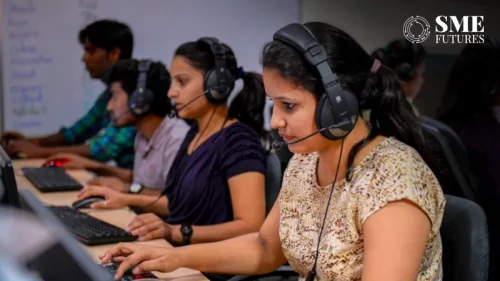In an early stage business, availability of capital is the lifeblood of sustainable operations and growth. Cash, or lack thereof, is amongst the primary reasons ventures fail early-on. For founders, cash flow is one major reason adequate planning needs to be done in a disciplined manner. Typically, founders self-fund their venture at the beginning. With a belief in the founder’s vision and as initial traction builds, friends and family may pitch in to facilitate early growth. In order to scale the business, however, external financing is required. This funding supports team building, product launch, meaningful marketing initiatives and renting office space. Depending on the type of business, stage of growth and fund requirement, financing could be done via the equity, debt or hybrid instruments.
As can be observed, depending on the lifecycle stage of a business, funding sources may, or may not be available. During initial years of a start-up, while the business is still building its footprint and profitability yet to be achieved, founder’s capital along with friends, family or angel investors is the likely route to secure funding. As the business progresses and demonstrates execution capabilities, options to involve a strategic partner or leverage lending resources become available. At every stage, the nature and detail of documentation would vary, however, founder’s passion, team capabilities, profitability (or path to profitability) and business growth visibility remain important aspects of the pitch.
Common fundraising challenges
Strategy: Founders need to have a strategy related to source and use of funds. It begins by identifying where the venture needs capital infusion and how that ‘lifeblood’ will affect key performance indicators of the business. Historical evidence of thoughtful fund utilization as early as self-funded or friends and family funded rounds lays important milestones. It is important to get the strategy right because this will build a narrative and gives future investors a glimpse into the founder’s vision and ability to execute.
Timing: Fundraising often takes longer than anticipated. This usually arises from founders having to wear multiple ‘hats’ including that of business development, project execution and delivery. That, coupled with billing and collection consumes a significant amount of time. Simultaneously, investor conversations need to be initiated, followed-up and tracked. Managing both operations and fundraising is important for the survival of the business. The key to this dilemma may be to identify and work with a trusted advisor or co-founder.
Pitch: Sometimes the reason for the delay in raising capital lies in the pitch. Investors are all about the effectiveness of a pitch, particularly since they have an abundance of proposals awaiting attention. While the ‘look and feel’ of a pitch is important to get through the first filter, it’s content and verbal communication is critical if conversations are to proceed any further. A strong pitch highlights the mission, vision, value proposition and market differentiation in an efficient manner leaving the investor interested to engage further.
Valuation: The art and science of raising money have a direct correlation with valuation. In an attempt to raise funds early, it is not in the founder’s interest to give up too much equity at a compromised valuation. This has bearing with building a fundraising strategy, meeting requisite metrics and building a valuation story that aligns with operational facts rather than projected speculation.
Identifying the right investor: Understanding a fund’s investment thesis plays an important role in securing investment. In addition to In addition to sector preference and fund life cycle, portfolio investments provide visibility on the investor’s appetite for a particular nature of the business. If an investment has already been made in a certain sector, the fund may be open to consider investing in product or service adjacencies.
Building a second line: While it may not be an obvious requirement, investors prefer to see company management beyond the founder. It provides a risk-mitigating effect in case the founder is unable to execute due to health or other reasons. A ‘second line’ can also take responsibility for aspects of business growth in addition to being a sounding board for the future direction of products and services.
Taking rejection as an opportunity: The journey from multiple rejections to the first investor acceptance could be a long one. Each rejection is an opportunity to reflect and improve on an aspect of the pitch. Each rejection is also a reason to continue improving business operations from client acquisition and appropriate billing to efficient execution and management of receivables.
In addition to being aware of fund-raising challenges, based on a company’s situation and founder’s assessment of investment requirement, it is advisable to have multiple conversations with potential investors. In fact, prior to initiating investor discussions, certain documents containing relevant details should be prepared. Such documents include a brief pitch, a more detailed information memorandum and financials (historic and projected). It may be noted, giving up a stake in the company is the most expensive form of capital raise. Other options should be explored first based on a company’s situation. It is also worth mentioning that a founder should not dilute below 50 per cent to the extent possible to give comfort to larger institutional or strategic investors as the company enters its growth phase.












